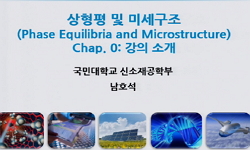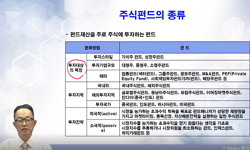This paper is designed to show the diachronic syntactic changes from Old English (OE) to Present-day English (PE), taking the Parable of the Rich Man and Lazarus (Luke 16:19-31) as a specific illustrative example. The focus is on tense, aspect, and mo...
http://chineseinput.net/에서 pinyin(병음)방식으로 중국어를 변환할 수 있습니다.
변환된 중국어를 복사하여 사용하시면 됩니다.
- 中文 을 입력하시려면 zhongwen을 입력하시고 space를누르시면됩니다.
- 北京 을 입력하시려면 beijing을 입력하시고 space를 누르시면 됩니다.

A Diachronic Syntactic Study on the Parable of the Rich Man and Lazarus—Focusing on Tense, Aspect, and Modality
한글로보기부가정보
다국어 초록 (Multilingual Abstract)
This paper is designed to show the diachronic syntactic changes from Old English (OE) to Present-day English (PE), taking the Parable of the Rich Man and Lazarus (Luke 16:19-31) as a specific illustrative example. The focus is on tense, aspect, and modality; It is described and explained how the tense, aspect, and modality of OE changed to those of PE through Middle English (ME) and Early Modern English (ENE). Concerning the changes of the tense, aspect, and modality of the English language from OE through ME and ENE to PE, these are characterized as the changes from contextualization to decontextualization. For example, the OE sentence We doþ ealle Drihtnes word, þe he spræc (Exodus 24:3) is literally translated as ‘we do all the Lord’s words which he spoke.’ This word-for-word translation corresponds to the PE sentence We will do all the words which the LORD has spoken! In OE the meaning of the simple present was determined as being either the simple present tense or the future depending on context, this being the result of contextualization (disambiguation strategy by context). However, in PE the simple present and future tense are differentiated in form, as shown above for PE sentence; this results from the process of decontextualization.
동일학술지(권/호) 다른 논문
-
2022 개정 영어과 교육과정의 항존성 고찰: 중·고등학교 영어듣기능력평가를 중심으로
- 한국중앙영어영문학회
- 조보경
- 2024
- KCI등재
-
- 한국중앙영어영문학회
- 강남길
- 2024
- KCI등재
-
콜슨 화이트헤드의『니클의 소년들』에 나타난 비폭력 윤리와 “애도 가능한 삶”에 대하여
- 한국중앙영어영문학회
- 권신애
- 2024
- KCI등재
-
스파이 활동을 통해 본 초국가적 정체성: 하 진의『배반의 지도』
- 한국중앙영어영문학회
- 정은숙
- 2024
- KCI등재




 KCI
KCI eArticle
eArticle






